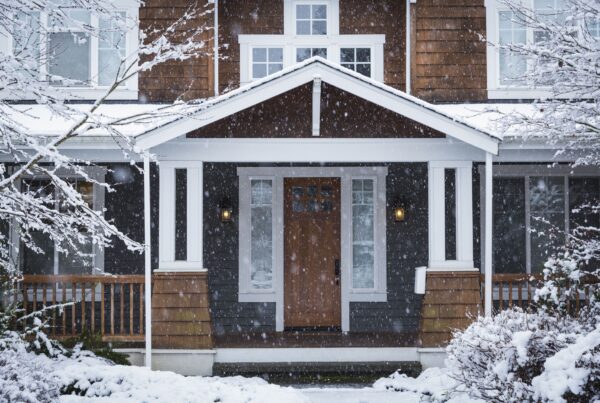If you’re considering buying or selling a home in Canada, or simply interested in learning about the housing market you have likely heard the phrase, “housing bubble” or “real estate bubble”. What is it and how does it affect you as a potential buyer or seller?
The Canadian housing bubble refers to the rapid increase in the price of houses caused by an increase in demand, little supply, and speculative buying behaviours. The housing bubble is measured using one of the following metrics: the growth rate of house prices, ratios of house prices to income or rents, or mortgage payment to income ratios. Canada’s housing bubble has been in effect since 2003, and continues to grow strong. There are several reasons for this:
- Demand/Supply Imbalance
- Low Interest Rates
- Immigration
- Foreign Investors/Speculative Buying
- Money Laundering
Demand/Supply
Canada’s real estate market comprises a large portion of the national GDP, resulting in a sustained high demand for new homes. At current production levels, there are not nearly enough houses being built to meet the ever growing demand. This naturally leads to an increase in the average home price as buyers compete for limited housing supply. This phenomenon is commonly referred to as a “bidding war” wherein prospective buyers blindly bid on a property, often leading to a drastically higher sale price.
Low Interest Rates
In Canada, and around the world, interest rates have been steadily going down since the 1990’s, thus making housing more accessible/affordable to a wider buyer pool. Low interest rates allow buyers to afford higher mortgages as the overall cost of the loan is considerably less than if interest rates were higher. This effectively means that a large number of people who otherwise would not be able to afford to buy a home can now enter the market, further driving up the demand for an already limited supply of real estate.
Immigration
Canada is home to many immigrants who came looking to start a new life and make a home. The government of Canada is expected to continue its efforts to drive population growth through immigration policies. That dedication toward continued efforts of increasing immigration further exacerbates the already strained supply/demand dynamic for Canadian real estate. Unless supply-side issues are resolved, the demand from existing and new buyers will continue to grow, leading to further increases in house prices.
Foreign Investors/Competitors
One major contributor to the increase in housing prices is the influx of foreign investors. Foreign investors often possess large amounts of capital that can be used to outbid offers made by locals on entry-level properties. Investors will often purchase homes in order to either renovate and flip them, or rent them out for a longer term investment. This additional force drives the demand for houses even higher while doing very little to supplement the supply.
A more recent revelation in the Canadian housing market is the rapid increase in money laundering done through the purchase of investment properties. Individuals looking to “clean” their illicit funds will often buy houses at exorbitant prices leading to an increase in perceived value of similar properties in the surrounding area. Again, this contributes to the demand-side of the real estate market while doing nothing to influence the supply of new homes entering the market.
Although some economists have argued that the housing bubble is due to burst, the factors that contribute to the continued rise in housing don’t appear to be going anywhere. Unless certain factors are addressed which lead to an overall increase in the supply of available homes, the demand will continue to outpace supply and housing prices may stabilize or continue to rise. It is important to note that certain factors (foreign homebuyers’ tax, first time home buyer’s incentives, etc.) vary across regions in Canada and can create more or less friendly landscapes for house prices to increase. Buyers and Sellers are advised to stay informed of current market conditions when making home ownership decisions.




